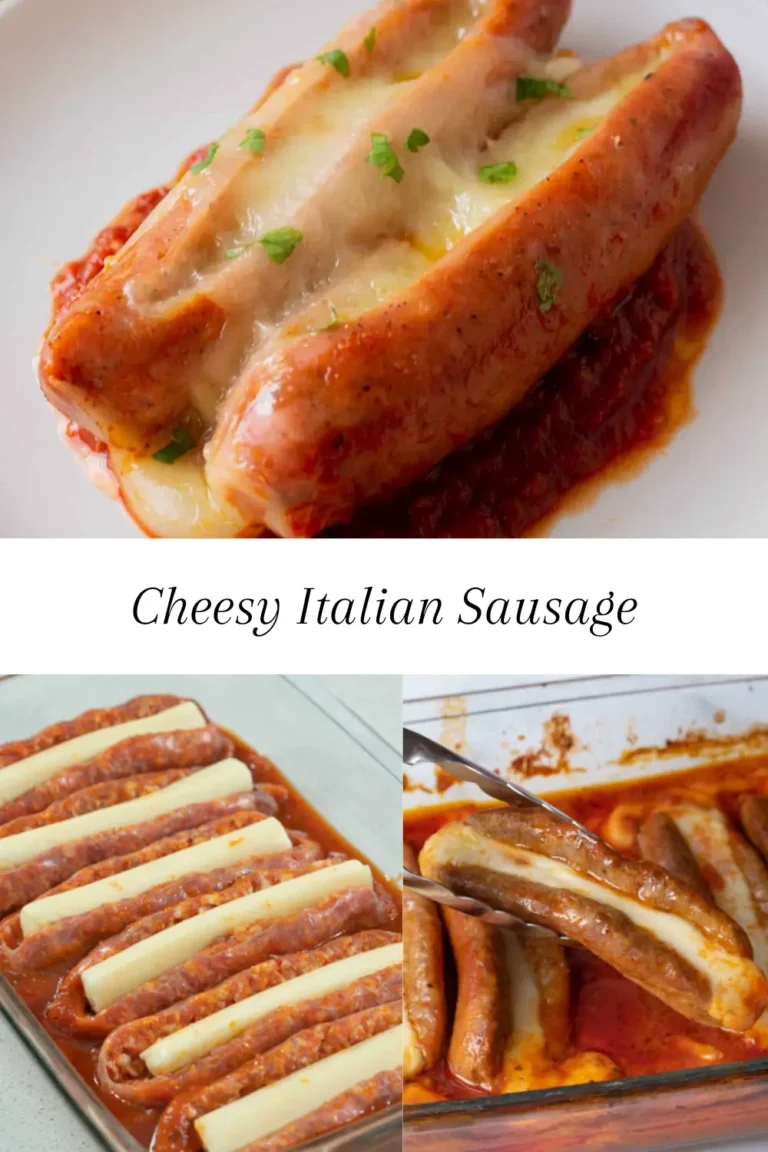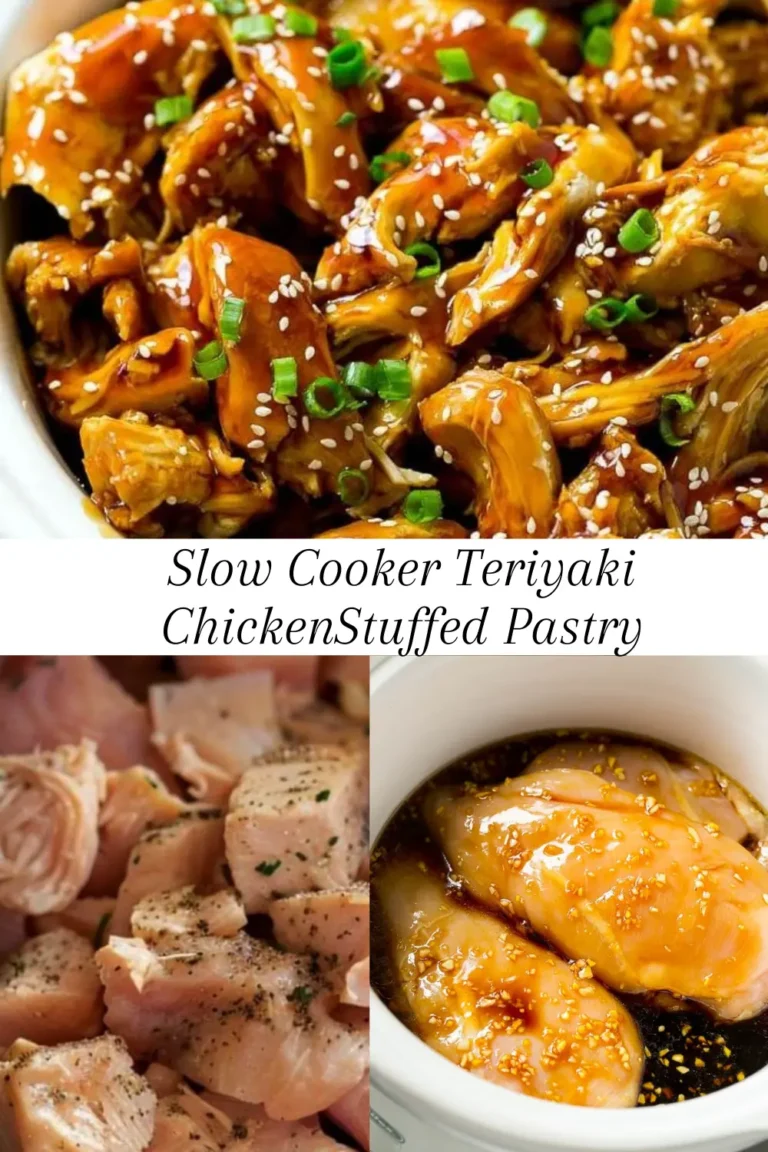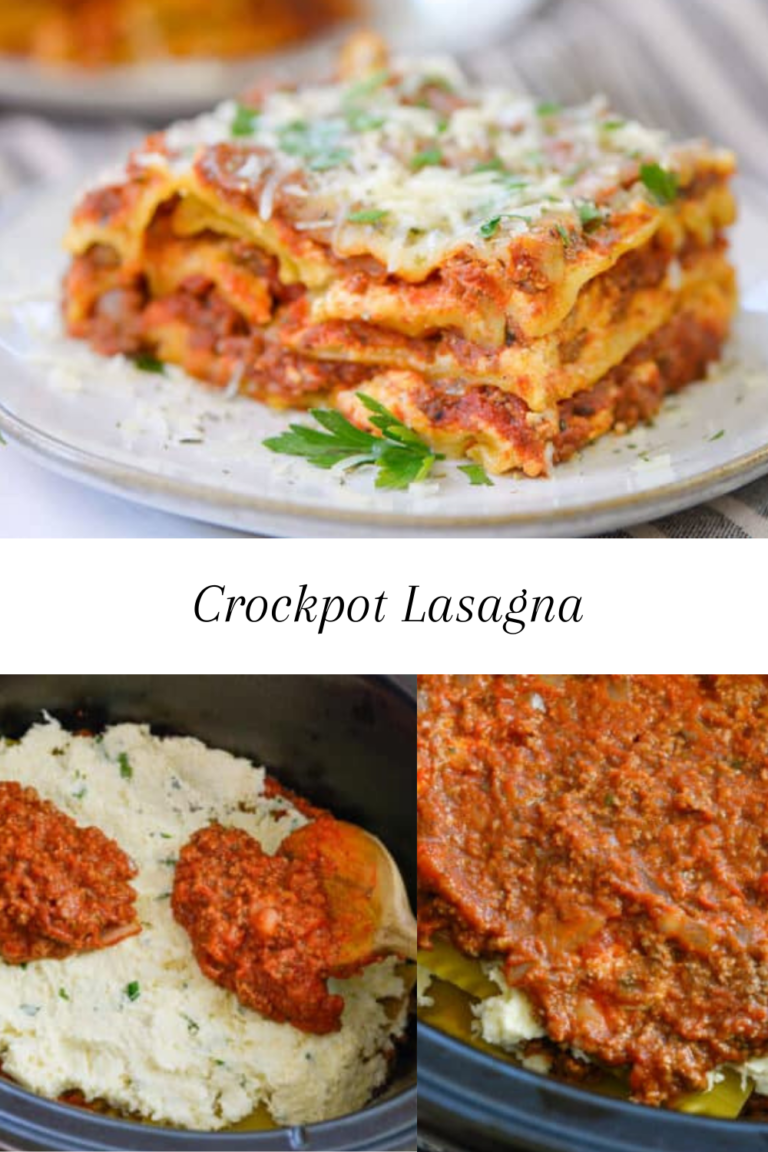Old Fashioned Meatloaf
Garlic butter is a culinary masterpiece that captivates the senses and elevates even the simplest of dishes. The blend of rich, creamy butter with the pungent, fragrant notes of garlic creates a flavor profile that is both comforting and indulgent. Its versatility in the kitchen makes it an essential ingredient in many beloved recipes, from sautéing vegetables to enhancing the taste of grilled meats. One particular dish that shines when paired with garlic butter is the classic old-fashioned meatloaf, where the butter can add a savory depth and richness that is simply irresistible.
Imagine a family dinner setting where the aroma of garlic butter wafts through the air, instantly taking guests down a memory lane filled with warmth and connection. Perhaps it was at a special gathering where garlic butter generously coated a delectable steak, transforming it into the centerpiece of the meal. Each bite would not only provide nourishment but also foster an atmosphere of joy and togetherness. The melting butter with hints of roasted garlic creates an enchanting experience, allowing each person at the table to savor not just food, but moments that create lasting memories.
As we explore the garlic butter steak and potatoes skillet, it becomes clear that garlic butter is not merely an ingredient; it is the heart of the dish. Its ability to marry flavors and enhance textures is unparalleled, drawing out the natural juiciness of the steak and the comforting essence of potatoes. This dish, enriched by garlic butter, exemplifies how simple elements can come together to create a remarkable culinary experience. Embracing garlic butter in our cooking not only enriches our meals but also invites nostalgia, serving as a bridge between the past and present cherished moments with loved ones.
The Perfect Steak
When preparing a Garlic Butter Steak and Potatoes Skillet, the selection of the cut of steak plays a pivotal role in the overall success of the dish. Each type of steak carries its unique characteristics, influencing not just texture but also flavor. Some of the most popular cuts to consider are ribeye, sirloin, and filet mignon, each bringing something distinctive to the table.
The ribeye steak is renowned for its rich marbling, which contributes to its tenderness and robust flavor. This cut, often praised for its buttery texture, is ideal for skillet cooking, as the fat renders beautifully, enhancing the dish with a delightful richness. Furthermore, ribeye steaks retain moisture well, ensuring that each bite is juicy and delectable.
On the other hand, sirloin steak presents a more economical option without compromising on taste. While it may have slightly less marbling than ribeye, sirloin is still flavorful and can be quite tender when cooked properly. It’s essential to choose a top sirloin for optimal quality since it is cut from a well-exercised region of the cow, striking a balance between flavor and texture that pairs well with the garlic butter.
Lastly, filet mignon is often regarded as the pinnacle of steak cuts. Known for its exceptional tenderness, this cut is lean and offers a buttery mouthfeel. While it can be pricier than other cuts, the experience of indulging in a well-cooked filet mignon makes it a worthy investment for special occasions or when you want to treat yourself.
Understanding these distinctions allows one to select the best cut of steak for an old-fashioned meatloaf or a sumptuous skillet dinner. A well-chosen steak can dramatically enhance the flavor profile of your meal, resulting in a satisfying culinary experience.
Potatoes
Potatoes have long been regarded as an essential side dish in various culinary traditions. Their versatility and ability to complement a variety of flavors make them indispensable, especially when it comes to pairing with a dish as rich and satisfying as garlic butter steak. Different varieties of potatoes bring unique textures and flavors to the table, enhancing the overall dining experience. Among the most popular types are russet, Yukon Gold, and baby potatoes.
Russet potatoes are perhaps the most recognizable, known for their earthy flavor and fluffy texture when cooked. They are typically the preferred choice for mashed varieties, but when roasted or sautéed with garlic butter, they develop a delightful crispiness that harmonizes beautifully with a succulent steak. Yukon Gold potatoes, distinguished by their smooth, golden flesh, offer a slightly buttery taste and creamy texture. They can be simply boiled, roasted, or even used in a gratin, making them an excellent match for the rich, savory components of the garlic butter sauce.
Baby potatoes, on the other hand, provide an enticing presentation and are ideal for those who appreciate the combination of aesthetics and taste. These small, tender spuds are typically roasted or sautéed, allowing their natural sweetness to shine while getting a satisfying crisp with the addition of garlic butter. For those who seek culinary adventure, experimenting with various methods such as grilling or air frying can also yield delectable results.
The way potatoes are prepared plays a significant role in achieving the perfect texture to accompany a garlic butter steak. Whether crisped, creamy, or simply seasoned, these starchy delights elevate the meal beyond the typical fare. Cultural anecdotes also reveal the rich history of potatoes as comfort food, from family gatherings to holiday feasts, these beloved tubers have earned their place at the table alongside bold entrees.
Cooking Techniques and Tips for a Skillet Masterpiece
Creating a delectable garlic butter steak and potatoes skillet delight involves mastering essential cooking techniques. The temperature you use while cooking is crucial; starting with a pre-heated skillet will ensure that you achieve a perfect sear on the steak. Ideally, you should heat the skillet until it’s smoking lightly. This high temperature locks in the juices and creates a crust on the surface of the meat, enhancing the overall flavor profile. Remember, a well-seared steak not only tastes better but also has a visually appealing presentation.
Cooking time is equally important, as overcooking can lead to a dry and less enjoyable meal. For a medium-rare steak, aim for about four to five minutes per side, depending on thickness. Use a meat thermometer to check the internal temperature; 130-135°F is ideal for that perfect medium-rare outcome. After searing, it helps to let the steak rest for several minutes before slicing, allowing juices to redistribute, thus yielding a more succulent bite.
Incorporating vegetables and aromatics into your skillet adds depth and complexity to the dish. Consider using hearty yet flavorful options like asparagus or bell peppers, which complement the steak beautifully. Adding garlic towards the end of the cooking process ensures that its flavor remains pungent without becoming overly burnt. This is a vital step in achieving a well-rounded taste experience. If you like, toss in fresh herbs like thyme or rosemary for an aromatic boost.
Through experimentation, you may encounter cooking mishaps, yet these can serve as lessons for future endeavors. For instance, accidentally overcooking steak taught me to invest in a good meat thermometer, vastly improving result consistency. Overall, mastering these techniques will elevate your garlic butter steak and potatoes skillet to a true masterpiece.
Ingredients
Meatloaf:
- 1 cup panko bread crumbs
- 1 cup milk
- 1 medium sized yellow onion diced
- 2 cloves garlic minced
- 1 tablespoon butter
- 2 pounds ground beef
- 1 large egg
- 1 tablespoon Worcestershire sauce
- 1 teaspoon dried thyme can use less or replace with 1Tbsp fresh thyme
- 1 teaspoon kosher salt
Topping (see note):
- 1/2 cup ketchup
- 1 tablespoon brown sugar
- 1 tablespoon spicy brown mustard
Instructions
- Preheat oven or grill to 350°F. Line a baking sheet with parchment paper or foil for easy cleanup.
- In a small bowl, combine bread crumbs and milk. Stir to combine.
- Melt the butter in a large sauté pan over medium-high heat. Cook the onions until they are fragrant and slightly brown while stirring occasionally, about 3-5 minutes. Reduce the heat to low and add the garlic. Cook for 2-3 additional minutes. Remove the pan from heat and set it aside to cool.
- In a large bowl, combine the ground beef, egg, soaked bread crumbs with the milk, Worcestershire sauce, thyme, salt, and the cooked onions and garlic. Use your hands to combine the mixture, but try not to overwork the meat. Shape the mixture into a loaf on the parchment-lined baking sheet. Use a sharp knife to cut a crisscross pattern on top.
- Bake uncovered in the preheated oven 40 minutes. While the meatloaf is cooking, combine ketchup with mustard and brown sugar in a bowl. Set aside.
- After 40 minutes of cooking, spread the sauce mixture over the top of the meatloaf and continue baking for about 30-35 minutes to an internal temperature of 160°F (70°C).







